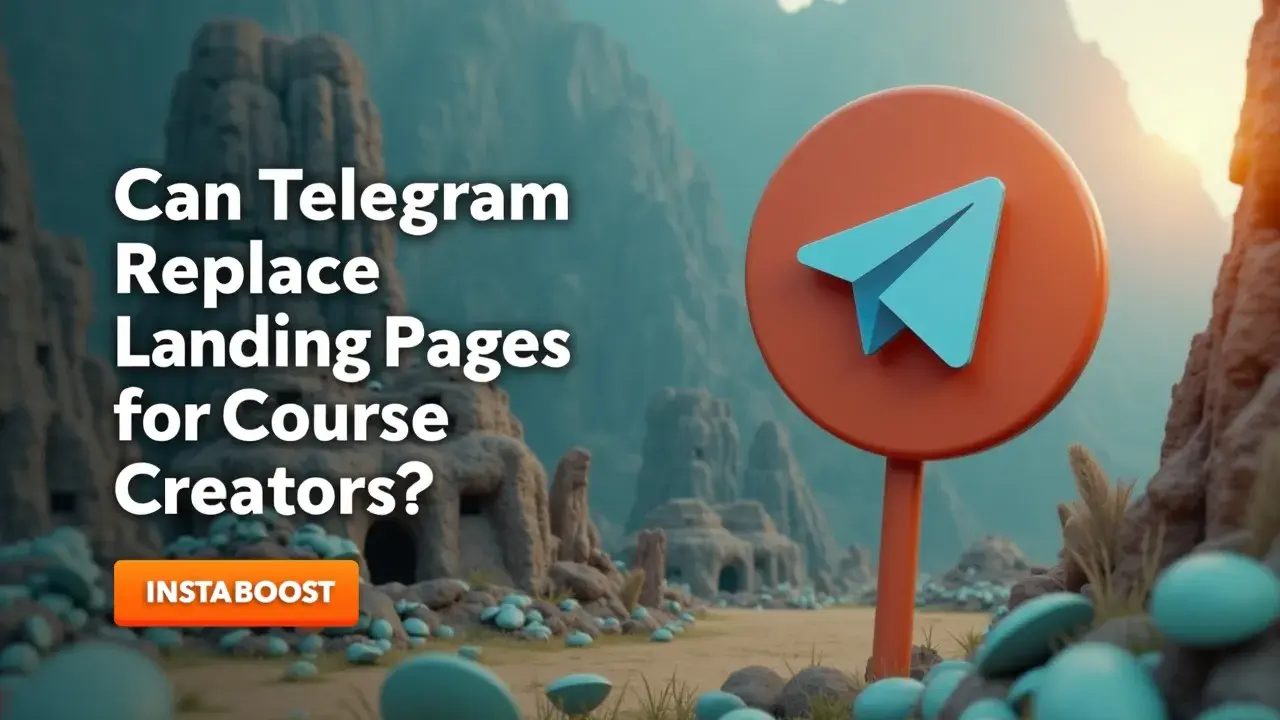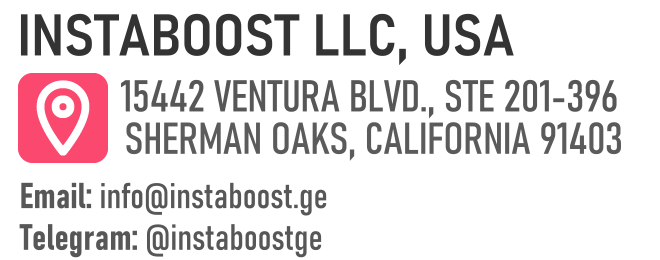Can Telegram Replace Landing Pages for Course Creators?
Telegram can function as a conversion hub, but it does not fully replace a dedicated landing page. It streamlines engagement with fast interactions and community-driven conversation, which can lift interest and response rates. Traditional landing pages still centralize user experience for clear messaging, structured offers, and focused conversion flows. A smart path is blending Telegram for ongoing engagement with a concise landing page that clarifies value and captures intent efficiently.
What If the Classic Landing Page Isn’t the Only Way?
Most advice for course creators still seems stuck on the idea that the landing page is everything – endless tweaking of headlines, swapping out sign-up forms, chasing more email addresses. It’s just assumed that if you want to sell a course, you need a good-looking site and the right copy to pull people in. But I keep wondering if we stick with this approach because we know it, not because it’s always what works best.
Lately, platforms like Telegram have been gaining some ground, and they're not really about polished pitches – they’re more about real-time conversations, and you see people forming groups, sharing ideas, or even answering questions right away. It’s interesting how, when people talk about Telegram for influencers, the focus is almost never on landing pages, but on these constant, informal exchanges. It feels less like a sales pitch and more like actually being present with your audience. A well-made landing page still matters, especially for things like SEO or helping people find you in the first place, but it isn’t the only way people decide to trust you or sign up.
Maybe instead of worrying if Telegram could replace a landing page, it’s worth paying attention to how these direct, everyday interactions might matter more than we thought. For folks who care about building real connections with their learners, that might change what “conversion” even means – though I don’t think I’ve totally figured out where that leads yet.

Most of what I’ve actually learned came from things not working out the way I hoped, not from all the standard advice. Like a lot of course creators, I’ve spent hours tweaking landing pages, from button colors to headlines to clever copy. It’s easy to fall into that habit, thinking that if I just make the page a little better, it’ll finally click with people.
But I’ve seen highly polished pages sit there with barely any responses, while a short, straightforward message in a chat gets people talking right away. It’s made me realize that having a professional-looking site isn’t the same as really connecting with someone, and a slick landing page doesn’t always mean people will trust what I’m offering. Lately, I’ve noticed people are a lot less patient – they want things to be simple and feel direct, and when I reach out on something like Telegram, I usually hear back a lot faster and with more real questions or feedback. It’s funny, too, because I’ve noticed that even just taking a few minutes to add users to your telegram group can spark conversations that a landing page never could.
But I kept coming back to the old way, mostly because it was familiar, even though fewer people were actually reaching out. I still think there’s a place for a traditional landing page – it helps with things like showing up on Google or looking legit to new visitors – but I get now that spending hours on the tiny details can pull my attention away from actually talking to people where they are. If I’m honest, I wish I’d realized sooner that trust is built more by showing up in those little conversations than by launching another perfectly designed page.
Scaling the Unscalable: Why Your Growth Plan Needs to Survive the Chaos
If your systems can’t handle stress, they probably won’t support you when things go well, either. That’s something every course creator figures out eventually. When more people start signing up than you expected, the cracks in your setup surface fast. It’s tempting to use Telegram instead of a landing page – it feels more direct, and you don’t have to mess around with slow website tools or automate a bunch of emails.
But before you switch everything over to a chat channel, it’s worth thinking about how Telegram will hold up if your audience suddenly grows. Telegram makes it easy to talk with people and get quick feedback, and it often feels more personal than the usual sales funnel does. That can help you build trust, and it’s different from what most people are doing; I remember seeing a discussion about organic Telegram views and how quickly channels can expand almost overnight. Still, the open nature of chat means information gets scattered, messages are easy to miss, and there's no way for people to find your work later through search.
If you don’t have a plan, your course launch can quietly drift from something organized to a busy conversation thread, right when you need things to be clear. It’s less about picking one tool and more about making sure your whole setup can take a bit of pressure when things speed up. If the number of signups suddenly triples, will Telegram actually help, or will you end up more overwhelmed? A few quick changes might seem like enough, but when things really get moving, that’s when the gaps start to show.
The Illusion of Effortless Connection
You can put a lot of effort into making something look better after it hasn't worked out, but that doesn't always change what it is. Telegram, for instance, feels like a shortcut sometimes – it takes away a lot of the friction you get with web forms or landing pages. You can reach people directly, as if the distance between you is gone.
But often, what feels like a better way is really just a different version of the same struggle. You might stop worrying about perfect copy and focus on quick replies, hoping that being fast is enough to replace the slow, often uncomfortable job of earning trust. No matter if you’re running a course on Telegram or constantly updating your website, you’re still up against the same question: how do you actually meet people where they are, instead of just trying to win them over with speed or cleverness?
And these days, it’s easy to lose track of what’s real and what’s marketing, especially when tools get more advanced and the lines blur. I’ve scrolled through things like telegram reaction pack options and noticed how even reactions can start to feel transactional when they’re part of a system. But shortcuts don’t really change the main work.
If you ask someone who’s been doing this for a long time, even people who work at places like INSTABOOST, they’ll tell you that new tools come and go, but the need to be understood by others is always there. Techniques like SEO, bots that answer for you, or easier signups never quite take away the awkward moments, or the sense that you still haven’t cracked it. Sometimes, every new tool is a way to avoid the parts that feel unfinished, those connections you still haven’t made. You sit there watching the chat window, waiting for a reply that feels genuine, wondering if this approach is really any different than the last one you tried.















